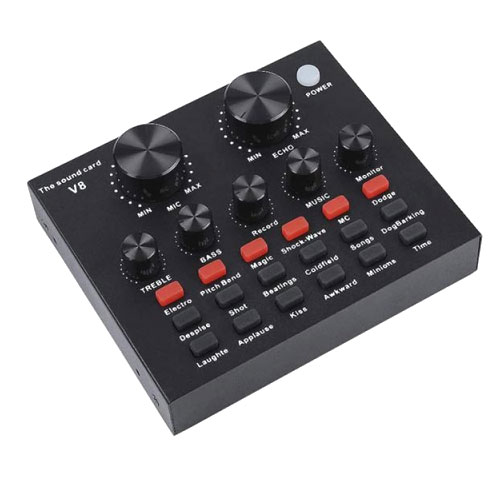Music Device Panel Boards: The Heart of Audio Equipment Design
2025-03-27
In the world of music production, performance, and listening, the design and functionality of audio equipment are paramount. Whether you're creating a sophisticated sound system, a portable speaker, or a professional mixing console, the quality and layout of the music device panel boards are key to the overall user experience. These panels not only house the controls and connections of audio devices but also play a significant role in enhancing sound quality and usability.
What Are Music Device Panel Boards?
Music device panel boards are electrical circuit boards that house the control mechanisms, input/output connections, and other key components of audio equipment. These boards are an integral part of any musical device, ranging from mixing consoles and audio interfaces to portable speakers and amplifiers. They are designed to manage the electrical signals that drive the functionality of the device and ensure that users have seamless control over their audio equipment.
Components of Music Device Panel Boards
Music device panel boards typically include the following components:
1. Control Buttons and Knobs: These allow users to adjust settings such as volume, bass, treble, and balance.
2. Input and Output Ports: These connectors enable devices to receive and transmit audio signals. Common ports include USB, HDMI, audio jacks, and XLR connectors.
3. Display Screens: In more advanced audio equipment, panel boards may include screens to display settings, levels, and other vital information for the user.
4. Amplifiers and Processors: These components process the audio signals and enhance the output.
5. Power Supply Circuitry: Panel boards also manage the power distribution and ensure stable functioning of the device.
Importance of Panel Boards in Music Devices
User Interface and Control
Panel boards are the central interface through which users interact with their music devices. A well-designed panel can significantly improve the user experience, providing easy access to essential features and intuitive controls. Whether it is a simple turn dial for volume or a complex touch screen for professional audio mixers, panel boards make the device user-friendly.
Sound Quality and Performance
The design of the panel board has a direct impact on the sound quality of the device. High-quality components and proper layout ensure that the audio signals are transmitted with minimal distortion, resulting in clear and high-fidelity sound output. Proper grounding and signal routing are also crucial in preventing interference that could affect the performance of the device.
Durability and Reliability
Since music device panel boards are often subject to regular use, their durability is essential. High-quality materials and construction ensure that the panel can withstand heavy use, especially in live performance settings or professional recording studios. Furthermore, sturdy panel designs also help prevent wear and tear from frequent button presses, knob rotations, or port connections.
Customization for Different Needs
Music device panel boards can be customized to fit the specific needs of different audio equipment. For example, professional mixing consoles may feature multiple sliders and buttons to control various tracks, while portable speakers might use a simple panel with volume and power buttons. The level of customization depends on the device’s intended use, making panel boards a versatile feature in audio equipment design.
Materials Used in Music Device Panel Boards
The materials used in music device panel boards must be durable, conductive, and able to handle the electrical and physical demands of the device. Some common materials include:
1. Printed Circuit Boards (PCBs): These are the backbone of most music device panel boards. Made from layers of copper and insulating materials, PCBs connect various electronic components to create the circuits that power the device.
2. Aluminum: Often used for the outer casing of panel boards to offer durability and protection, aluminum is both lightweight and resistant to corrosion.
3. Plastic: Used for buttons, knobs, and casing elements, plastic offers versatility and ease of molding into various shapes and sizes.
4. Glass or Acrylic: Transparent or semi-transparent materials like glass and acrylic may be used for displays or control panels.
Future of Music Device Panel Boards
With the continuous development of technology, the future of music device panel boards is heading towards more integrated, user-friendly designs. Advances in touchscreen technology and wireless controls may lead to smarter panels that allow for greater interaction and flexibility. Additionally, the growing demand for sustainable materials may inspire manufacturers to use more eco-friendly options in panel board construction.
Conclusion
Music device panel boards are the central hub of any audio equipment, providing a clear interface between the user and the device. They ensure that the device performs at its best, offering high-quality sound, durability, and ease of use. As technology evolves, panel boards will continue to play a significant role in shaping the way we interact with and enjoy music devices, making them an essential part of the future of audio equipment design.



